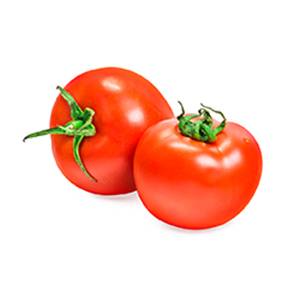- No. 268 Xianghe Street, Economic Development Zone of Xingtai city, Hebei 054001 China
- Byron@hbhongri.cn
Exploring the Production Processes and Quality Standards of Ground Red Pepper Manufacturing Facilities
Ground Red Pepper Factories A Spice of Life
Ground red pepper, commonly known as chili powder, is a vibrant and versatile spice used across the globe. From enhancing the flavor of traditional dishes to being a key ingredient in countless culinary styles, its popularity continues to rise. The process of transforming fresh red peppers into ground powder takes place in specialized factories where each step is crucial in preserving quality and flavor.
At the heart of ground red pepper production is the initial sourcing of raw materials. Factories often establish close relationships with local farmers who cultivate various pepper varieties, such as cayenne, bell, or jalapeño peppers. These farmers must adhere to stringent agricultural practices, ensuring the peppers are grown without harmful pesticides and are harvested at their peak ripeness. The quality of the raw product directly influences the final spice, making this step indispensable.
Once harvested, the peppers are transported to the processing facility, where they undergo rigorous cleaning. Any impurities, dirt, or residual pesticides are meticulously removed. Cleaning is followed by a drying process, a crucial step aimed at eliminating excess moisture and extending shelf life. Different methods may be employed, such as sun-drying, air-drying, or using industrial dehydrators. Each method impacts the flavor profile of the final product, contributing to the smoky or earthy notes found in various chili powders.
After drying, the peppers are sorted based on size and quality. This segregation ensures that the final product is uniform, enhancing its marketability. The next step involves grinding, where the dried peppers are crushed into a fine powder. Various milling techniques can be used, from traditional stone grinding to high-speed industrial machines, each providing a unique texture and consistency. The ground powder is then evaluated for quality, ensuring it meets the factory's standards.
ground red pepper factories

Packaging is another vital aspect of the production process. Ground red pepper must be stored in airtight containers to preserve its pungency and color. Factories typically invest in high-quality packaging materials that prevent moisture and light from degrading the spice. Proper labeling is also essential, communicating not only the product’s name and ingredients but also its origin and quality certifications.
Quality control does not end with packaging. Many ground red pepper factories engage in rigorous testing and sampling procedures to ensure their product's safety and flavor. This includes checking for contaminants, such as aflatoxins or heavy metals, which can pose health risks to consumers. By adhering to local and international food safety standards, these factories safeguard their reputation and build consumer trust.
In recent years, the demand for organic and sustainably sourced spices has surged, prompting many ground red pepper factories to adapt their practices. More consumers are consciously choosing products made without synthetic fertilizers or pesticides. As a response, some factories are partnering directly with organic farmers and implementing eco-friendly practices throughout their production process.
With globalization, the market for ground red pepper has expanded, leading to increased export opportunities. Factories that can adapt to varying international standards and consumer preferences often find themselves at a competitive advantage. The rich, fiery flavor of ground red pepper is not only appreciated in its country of origin but has also targeted diverse culinary landscapes, from Asian stir-fries to European stews and everything in between.
In conclusion, ground red pepper factories play an essential role in delivering this beloved spice to culinary enthusiasts worldwide. From sourcing high-quality raw peppers to rigorous quality control and sustainable practices, these factories not only contribute to the spice's flavor and safety but also support agricultural communities, making them crucial players in the global food industry. As consumers continue to embrace the rich and varied flavors that ground red pepper offers, these factories will remain vital to both culinary tradition and innovation.
-
Turmeric Rhizome Powder: A Golden Treasure from Roots to TableNewsJul.28,2025
-
The Versatile Application Of Crushed Red Hot Peppers: Lighting Up The Red Flames On The Dining TableNewsJul.28,2025
-
The Paprika: A Touch Of Vibrant Red In Color, Flavor, And CultureNewsJul.28,2025
-
Ground Turmeric: A Modern Examination of an Ancient SpiceNewsJul.28,2025
-
Capsicum Liquid Extract: Features, Applications, and ChallengesNewsJul.28,2025
-
Application of Capsicum Liquid Extract in FoodNewsJul.28,2025







